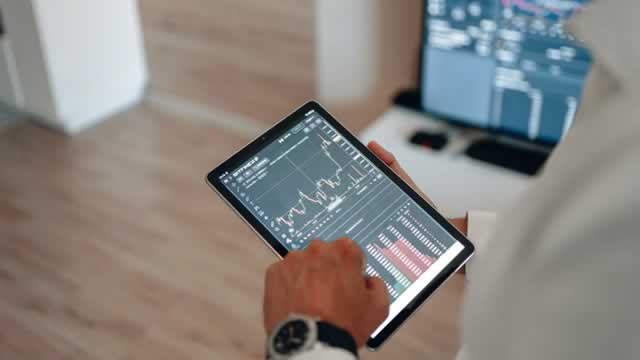QIAGEN Introduces New Solution for Malaria Research and Surveillance: The QIAprep Plasmodium Kit and Companion Assays
VENLO, Netherlands – In a significant stride towards advancing malaria research and surveillance efforts, QIAGEN N.V. has announced the launch of the QIAprep Plasmodium Kit and two companion assays. This innovative solution, designed to combine sample preparation and quantitative PCR (qPCR) into a single workflow, offers researchers a rapid and accessible tool for detecting malaria-causing parasites from blood samples.
A Game Changer in Malaria Detection
Malaria, a mosquito-borne infectious disease, remains one of the world’s most pressing public health challenges. According to the World Health Organization (WHO), there were approximately 241 million malaria cases and 627,000 deaths in 2020. Early and accurate detection of malaria parasites is essential for effective treatment and disease control. Traditional methods for malaria diagnosis involve microscopic examination of blood samples, which can be time-consuming, labor-intensive, and require skilled technicians. The QIAprep Plasmodium Kit and companion assays aim to address these challenges by streamlining the diagnostic process.
Technology Behind the Innovation
The QIAprep Plasmodium Kit is a magnetic bead-based sample preparation system that enables the automated isolation of Plasmodium parasites from human blood samples. The companion assays, on the other hand, are designed for the quantitative detection and species identification of Plasmodium parasites using qPCR. This integrated solution offers several advantages, including:
- Reduced turnaround time:
- Improved sensitivity and specificity:
- Ease of use:
- Compatibility with existing qPCR systems:
Impact on the Research Community
The QIAprep Plasmodium Kit and companion assays are expected to have a significant impact on the malaria research community. By simplifying the diagnostic process and enabling rapid, accurate detection of malaria parasites, this solution will facilitate large-scale epidemiological studies, surveillance programs, and clinical trials. Moreover, it will help researchers to better understand the prevalence, distribution, and genetic diversity of malaria parasites, ultimately contributing to the development of more effective prevention and treatment strategies.
Global Implications
The launch of the QIAprep Plasmodium Kit and companion assays marks an important milestone in the global fight against malaria. This innovative solution has the potential to improve malaria diagnosis and surveillance in resource-limited settings, where the disease is most prevalent. By empowering local laboratories with rapid, accurate, and easy-to-use diagnostic tools, this technology could significantly contribute to the early detection and treatment of malaria cases, ultimately reducing morbidity and mortality.
Conclusion
In summary, QIAGEN’s introduction of the QIAprep Plasmodium Kit and companion assays represents a significant step forward in malaria research and surveillance. This innovative solution, which combines sample preparation and qPCR into a single workflow, offers numerous advantages, including reduced turnaround time, improved sensitivity and specificity, ease of use, and compatibility with existing qPCR systems. The impact of this technology on the research community and global health initiatives is expected to be substantial, ultimately contributing to the development of more effective prevention and treatment strategies for malaria.
As a responsible and curious human, I am excited about the potential of this new technology and its implications for malaria research and global health. The ability to detect and identify malaria parasites more rapidly and accurately will undoubtedly lead to better understanding of this complex disease and the development of more effective interventions. I am confident that this solution will make a meaningful difference in the lives of millions of people affected by malaria worldwide.
As for the broader implications, this technology has the potential to revolutionize malaria diagnosis and surveillance in resource-limited settings, ultimately contributing to the early detection and treatment of malaria cases and reducing morbidity and mortality. I look forward to witnessing the positive impact of this technology on the global health landscape.





